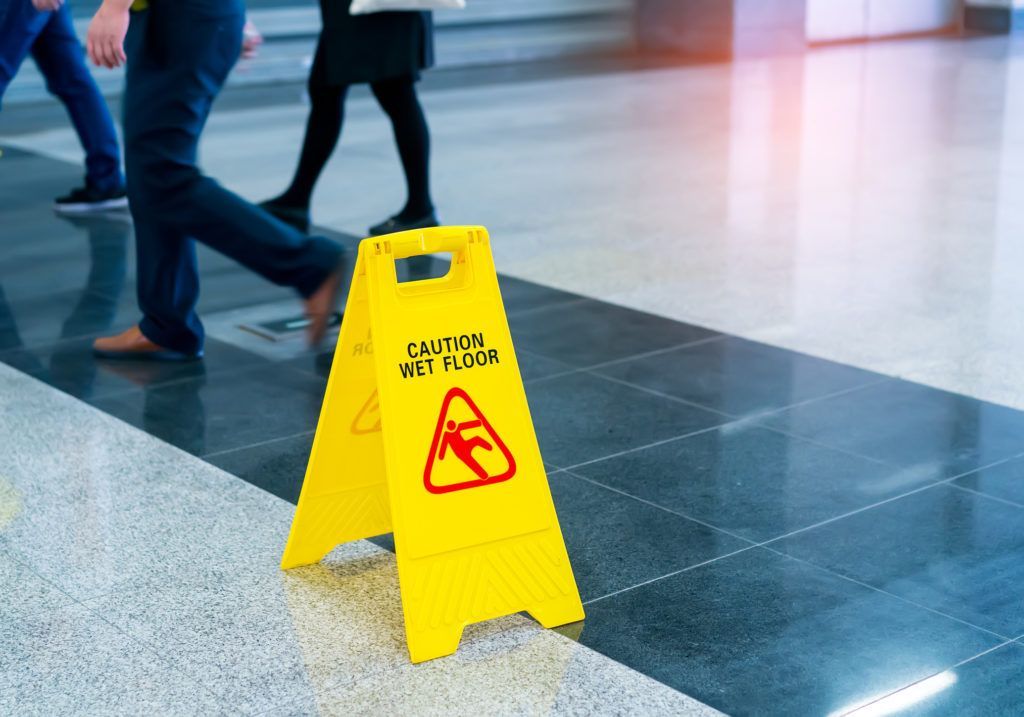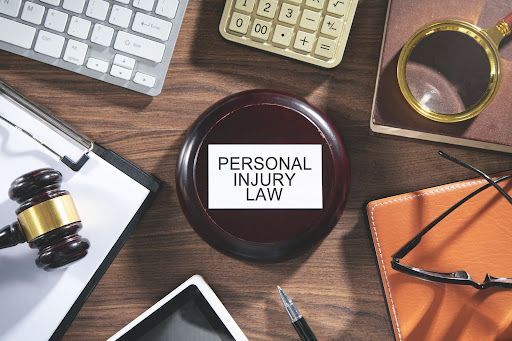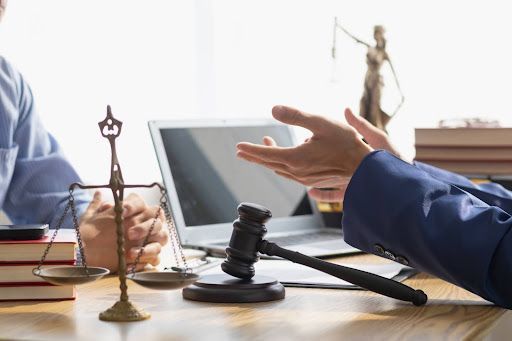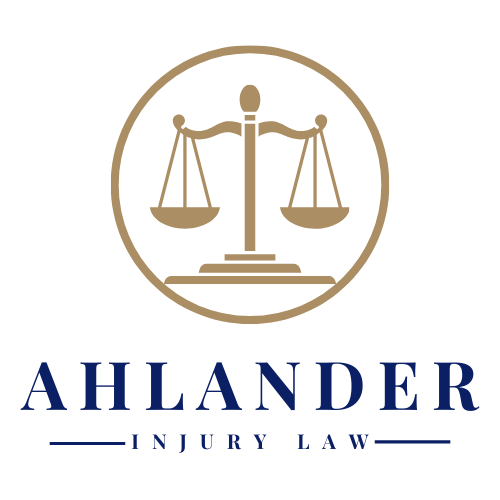March 26, 2025
Las Vegas is known for its vibrant atmosphere, bustling nightlife, and ever-growing tourist appeal. While it may be a city of lights and excitement, it also faces significant pedestrian safety challenges. Whether you’re a local or just visiting, understanding the legal protections afforded to pedestrians—and the realities of walking around Las Vegas—can help you stay safer on the streets. This article delves into Nevada’s laws regarding pedestrian safety, discusses strategies for avoiding accidents, and offers insight into what you can do if you’re involved in a collision. Understand Nevada Pedestrian Laws Nevada law has clear guidelines that aim to protect pedestrians. Under state traffic regulations, drivers must yield to individuals in crosswalks ( NRS 484B.283 ), and pedestrians have the right of way when they are lawfully crossing the street. However, pedestrians also share the responsibility for safety. They’re required to use sidewalks and crosswalks whenever possible, obey traffic signals, and avoid suddenly leaving the curb or darting into traffic. These laws work in tandem to reduce harmful accidents, but ensuring compliance can sometimes be difficult. The sheer volume of tourists, combined with the high number of vehicles on the roads—particularly along the Strip—creates complex pedestrian traffic patterns. Consequently, neither drivers nor pedestrians can rely solely on legal protections; situational awareness remains a crucial factor in preventing collisions. Know the Realities of Pedestrian Safety in Las Vegas While Las Vegas officials have made strides toward improving walkability, pedestrian incidents continue to occur. The number of pedestrian fatalities has been a persistent concern over the years, underscoring the importance of both public policy changes and education campaigns. A major contributing factor is the city’s layout and infrastructure. Las Vegas is car-oriented, and its roads are often wide and busy. Even areas designed for foot traffic, such as certain parts of the Strip, can become congested and lead to risky crossing behaviors. Ultimately, navigating this dynamic landscape can be daunting, especially for those unfamiliar with local traffic norms. Implement Strategies to Stay Safe as a Pedestrian Stay Visible and Alert: Wear bright or reflective clothing at night, and always look up from your phone or electronic device when crossing the street. Even at a signalized intersection, make eye contact with drivers to ensure they see you. Cross at Designated Locations: Jaywalking can be tempting when traffic congestion is high, but crossing at designated crosswalks significantly reduces your risk of injury. Use traffic signals correctly by waiting for the pedestrian light to turn green. Avoid Impaired Walking: Just as driving under the influence is dangerous, walking while impaired can affect your judgment and reaction time. If you plan to consume alcohol, consider transportation or walking with a sober companion for an added layer of safety. For more pedestrian safety tips and national statistics, check out the National Highway Traffic Safety Administration (NHTSA) . Their resources offer detailed insights into how to keep yourself and those around you safe. Learn About Citywide Safety Initiatives Las Vegas has launched several campaigns to enhance pedestrian safety, including improved signage, countdown crosswalk signals, and enhanced lighting around busy intersections. Local organizations also frequently partner with law enforcement to create awareness drives aimed at both motorists and pedestrians. These efforts are designed to change public perception and encourage safer on-road behavior. For instance, initiatives like Zero Fatalities Nevada advocate for stronger legislation, infrastructural updates, and community education. The program’s goal is to reach zero fatalities on Nevada’s roads by teaching the public about the importance of responsible driving and walking habits. Additional measures—such as installing more raised medians, widening sidewalks, and adding pedestrian bridges in high-traffic areas—are either planned or in progress. Explore Your Legal Options Despite the city’s ongoing efforts, accidents can still happen. If you or a loved one has been involved in a pedestrian collision in Las Vegas, know that legal recourse may be available. Pedestrian accidents can result in severe injuries that require extensive medical treatment, lost wages, and long-term care. In some cases, victims may be entitled to compensation for their damages, depending on the circumstances of the incident. However, determining liability can be complex, and insurance companies often attempt to minimize payouts. Consult with a legal professional who understands Nevada’s laws around personal injury. By discussing your situation with an attorney, you can gain clarity on factors such as shared fault, compensation limits, and strict filing deadlines for injury claims. Because every case is different, professional guidance is invaluable. When considering a law firm to represent you, look for experience in personal injury cases involving pedestrian accidents. While general legal information can provide a starting point, nothing replaces the peace of mind and clarity that comes from speaking one-on-one with an attorney. Get the Support You Need Pedestrian safety is a shared responsibility that hinges on alert drivers, informed citizens, and well-maintained infrastructure. By knowing your rights and taking preventive measures, you can significantly reduce the probability of a collision. Still, if the unthinkable occurs, remember that legal help and resources are available to guide you through the aftermath. For personalized advice regarding your situation, don’t hesitate to reach out and speak directly with our team about your potential case. We’re here to discuss your options, whether you’re seeking answers about medical bills, insurance negotiations, or the next steps following a pedestrian accident.






